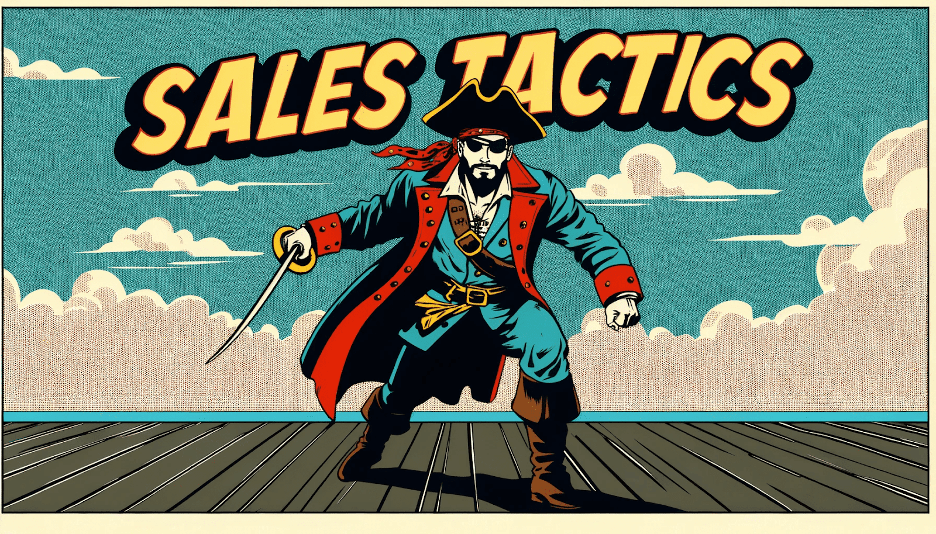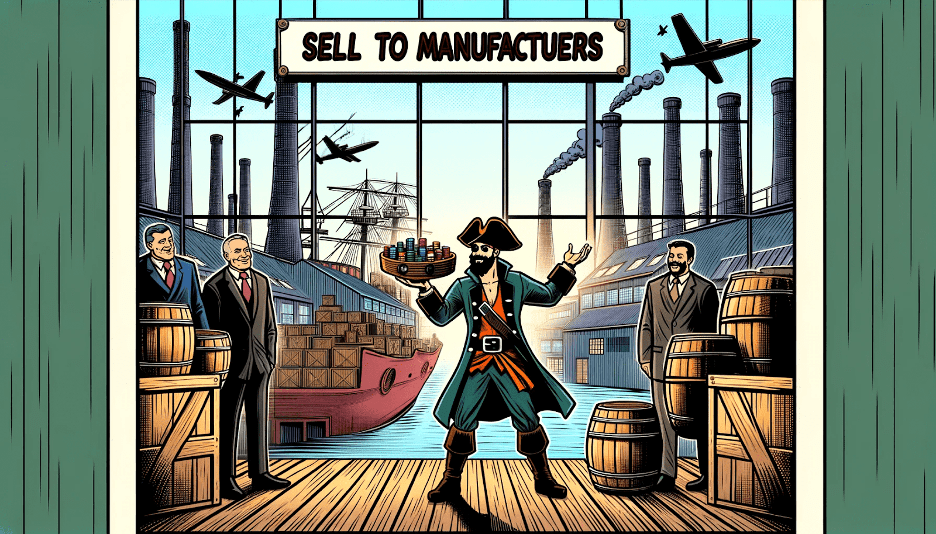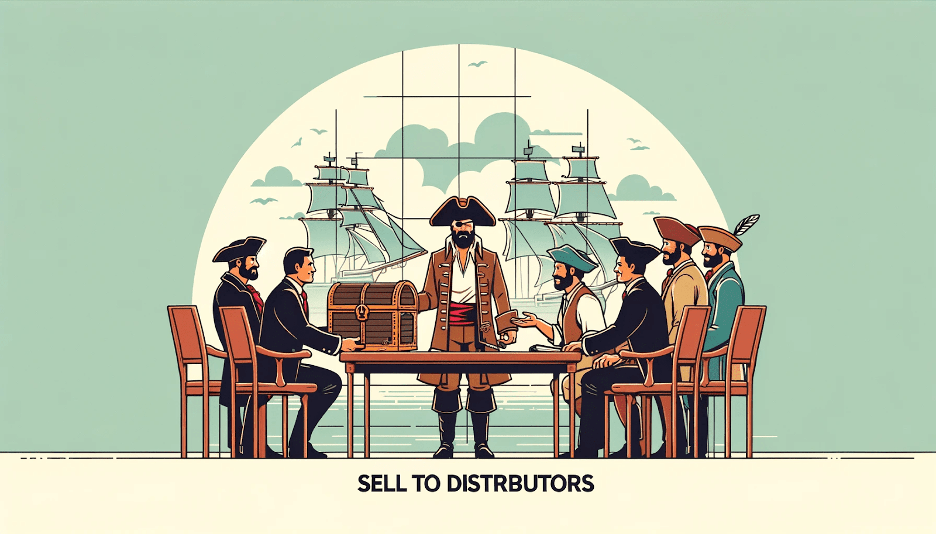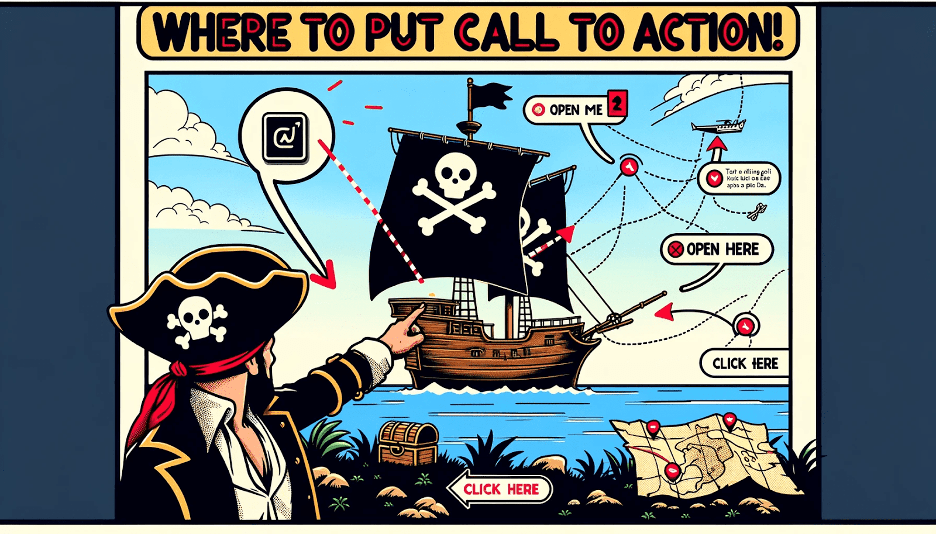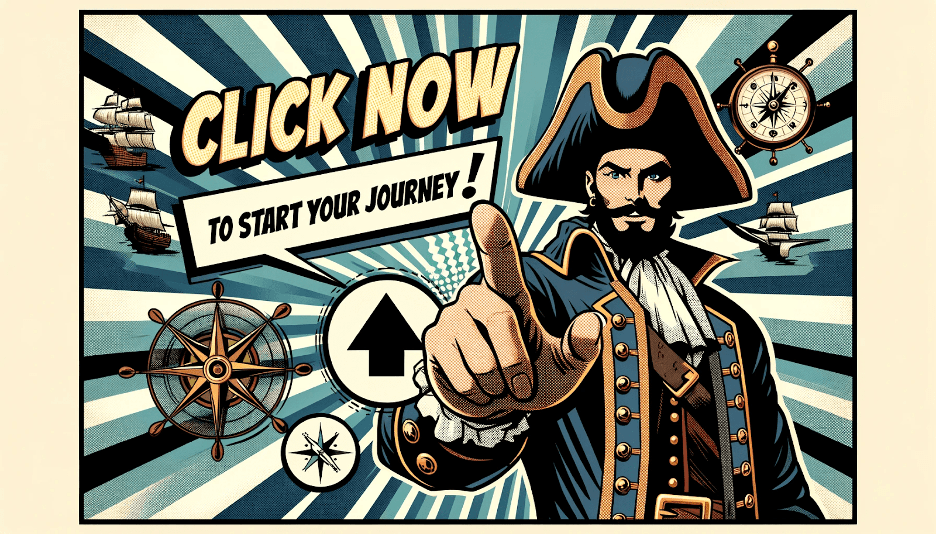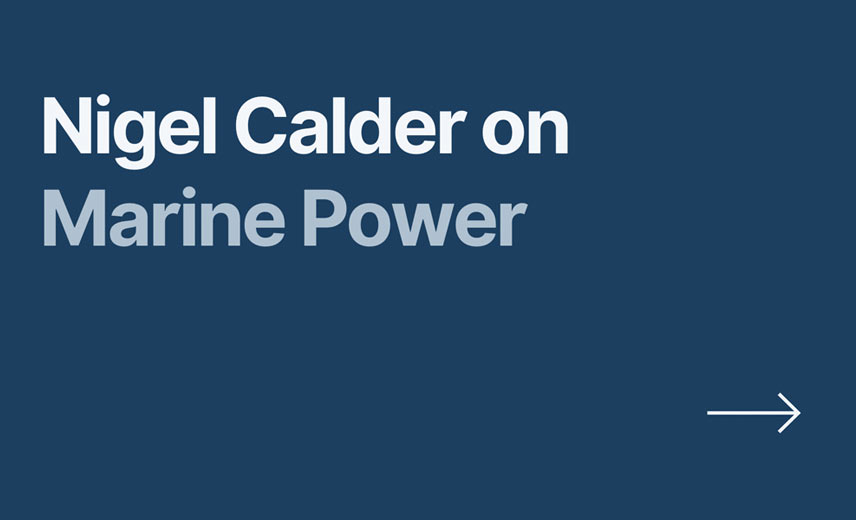
The Past, Present, and Future of Boat Propulsion: An Insight from Nigel Calder
The evolution of boat propulsion has been a journey of innovation, challenges, and adaptation. From the early days of sail-driven vessels to the modern era of electric and hybrid systems, the quest for efficient and sustainable propulsion has been a constant endeavor. In a recent discussion with Nigel Calder, a renowned expert in marine systems, we delved deep into the past, present, and future of boat propulsion.
Note: Excerpts taken from The Past, Present, and Future of Boat propulsion
The Past:
Historically, sailboats dominated the seas, harnessing the power of the wind to traverse vast distances. However, with the advent of the internal combustion engine, the dynamics changed. Diesel and gasoline engines became the norm, offering more control and predictability. But these engines, as Nigel points out, have their limitations. “2/3 of the fuel that’s going into the engine, even at peak efficiency, is being wasted as heat,” he says.
The Present:
Today, the marine industry is at a crossroads. While fossil fuels remain dominant, there’s a growing emphasis on electrification and hybrid systems. Nigel is particularly excited about parallel hybrid systems, which combine an electric motor for low-speed maneuvering with a traditional engine for cruising. This approach, he believes, offers the best of both worlds in the interim.
Solar energy is also making waves in the boating world. While current solar technology can’t fully power a boat’s propulsion system, it’s a valuable addition to the energy mix. “Any amount of solar is worth putting on a boat,” Nigel asserts, highlighting its financial and environmental benefits.
However, challenges persist. The primary hurdle isn’t the propulsion technology but the energy storage. Current battery technology lacks the energy density to replace diesel tanks fully. As Nigel puts it, “We just don’t have the energy storage for the alternatives.”
The Future:
The future of boat propulsion is rife with possibilities. Nigel envisions a world where boats are powered by a combination of solar panels, wind generators, and perhaps even human-powered mechanisms like bicycles connected to batteries. However, the ultimate goal remains clear: eliminating the carbon footprint.
Fuel cells, particularly those powered by hydrogen, are another area of interest. While they hold promise, the lack of a hydrogen infrastructure poses challenges. Moreover, the energy density of hydrogen, even at high pressures, remains a concern.
A Vision of Minimalism:
Beyond propulsion, Nigel is a proponent of minimalism. While he appreciates modern amenities like fridges and freezers, he believes in reducing the carbon footprint wherever possible. “A tank of diesel on [our] boat lasts us basically two or three years,” he shares, emphasizing the importance of sailing and harnessing natural energy.
The journey of boat propulsion is a testament to human ingenuity and adaptability. As we sail into the future, the focus will undoubtedly be on sustainability and efficiency. With experts like Nigel Calder leading the way, there’s hope for a greener, cleaner marine world.
Brought to you by
SHIPSHAPE.PRO – Innovative platform that bridges the gap in marine repair
&
MIDA.PRO – Marine Industry Digital Agency – Web dev / Marketing
Podcast – SHIPSHAPE INTERNATIONAL OCEAN INSIGHT
